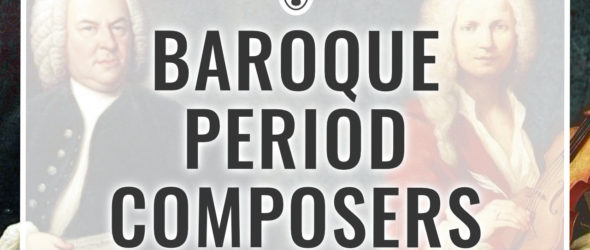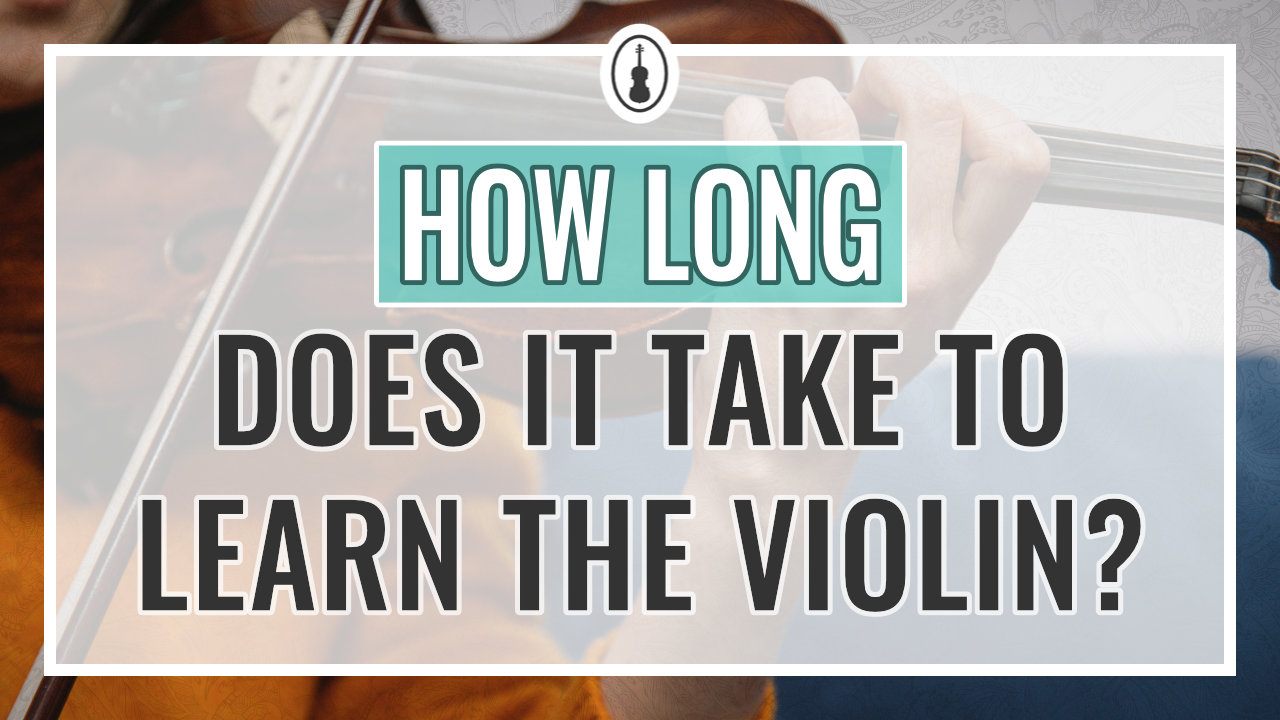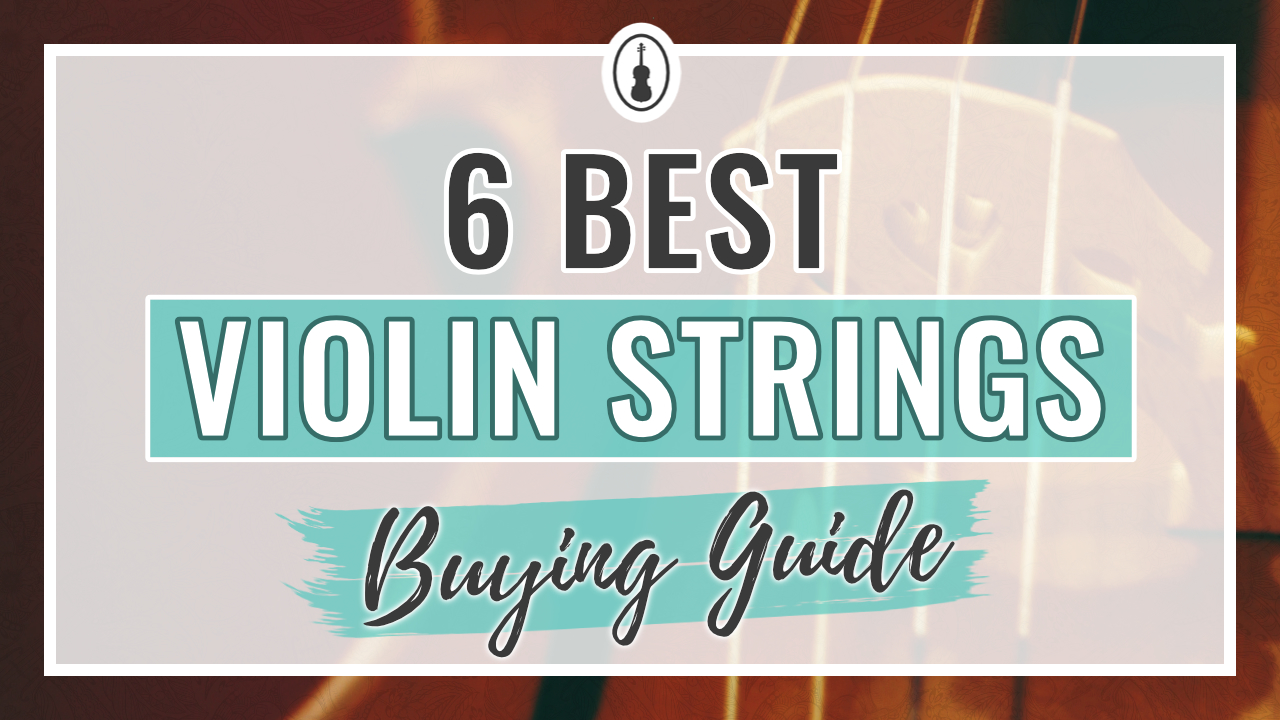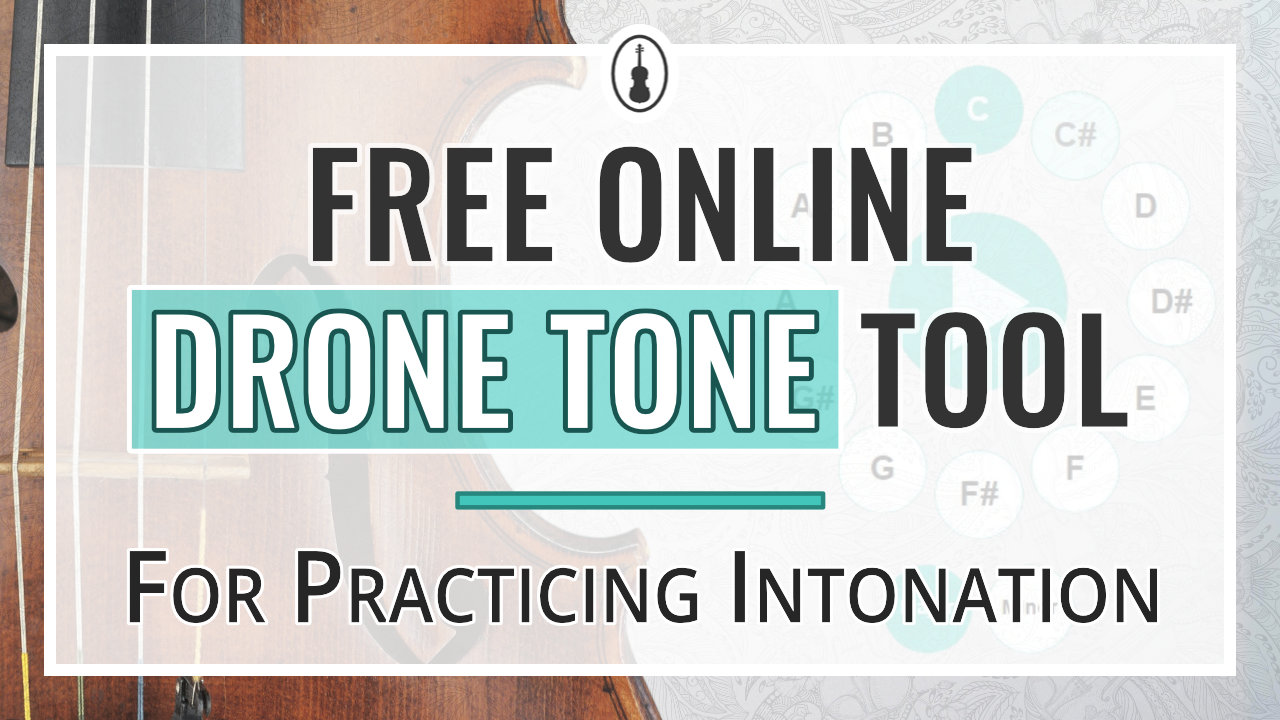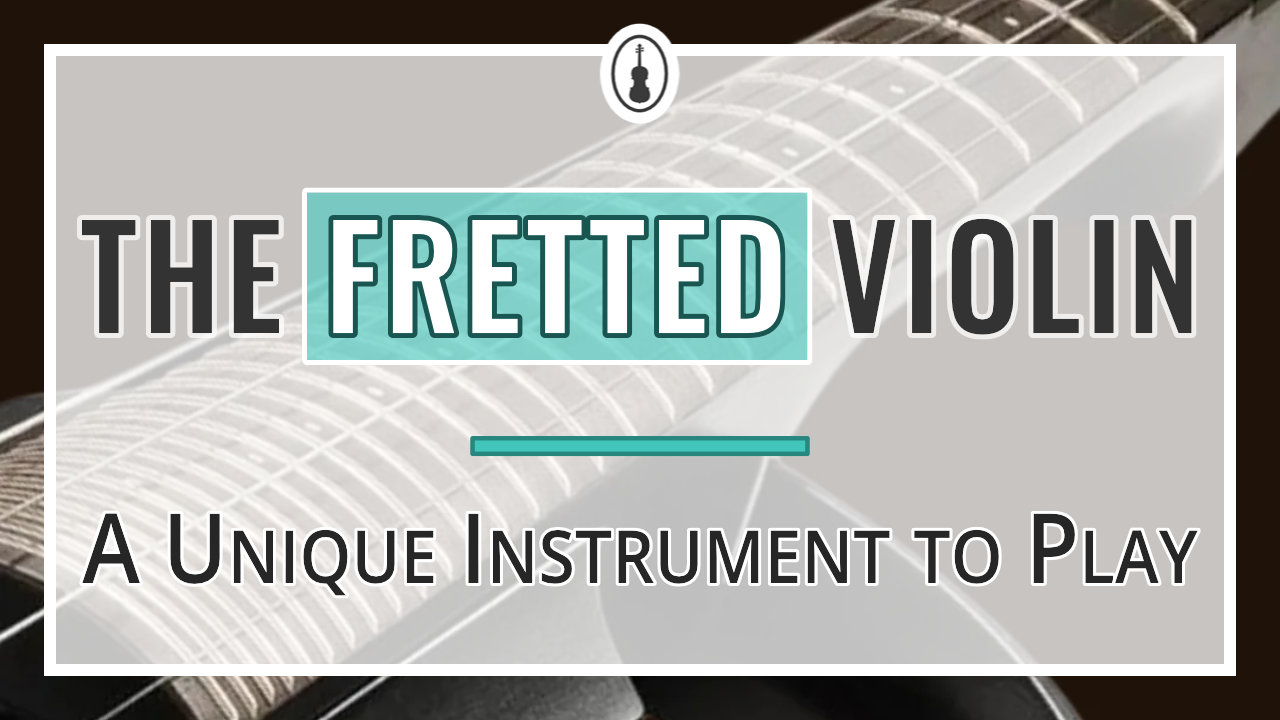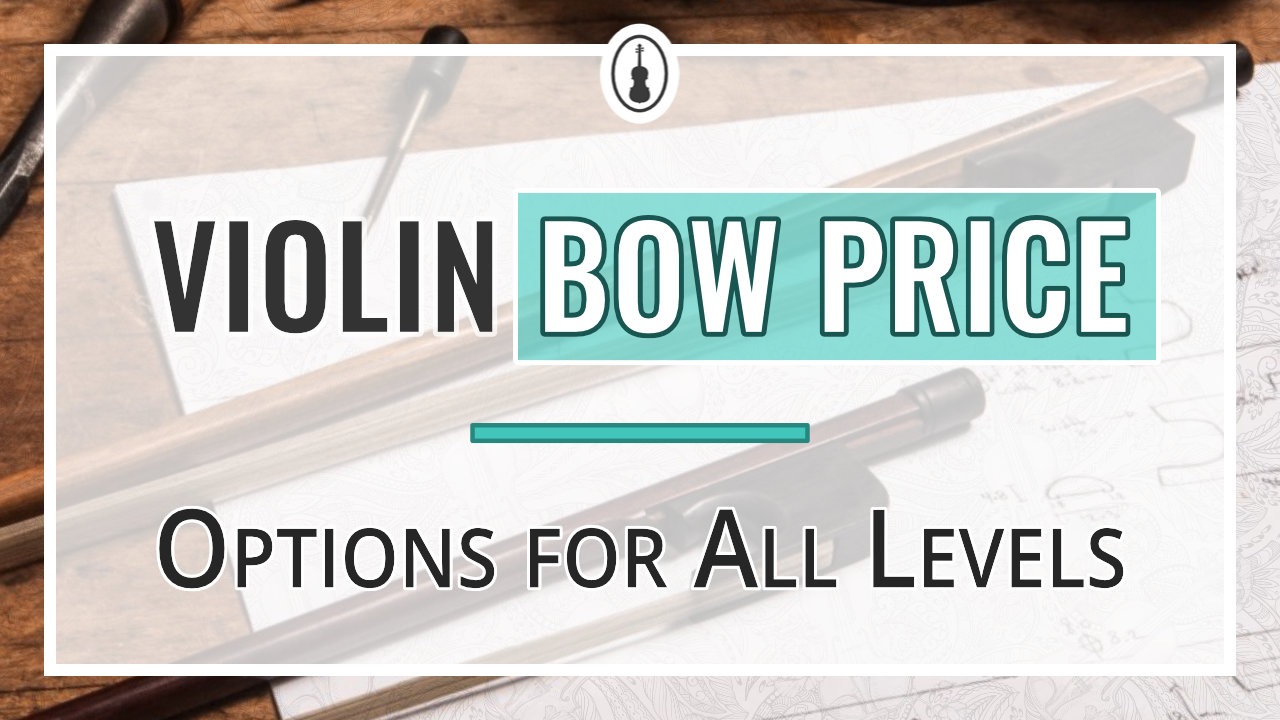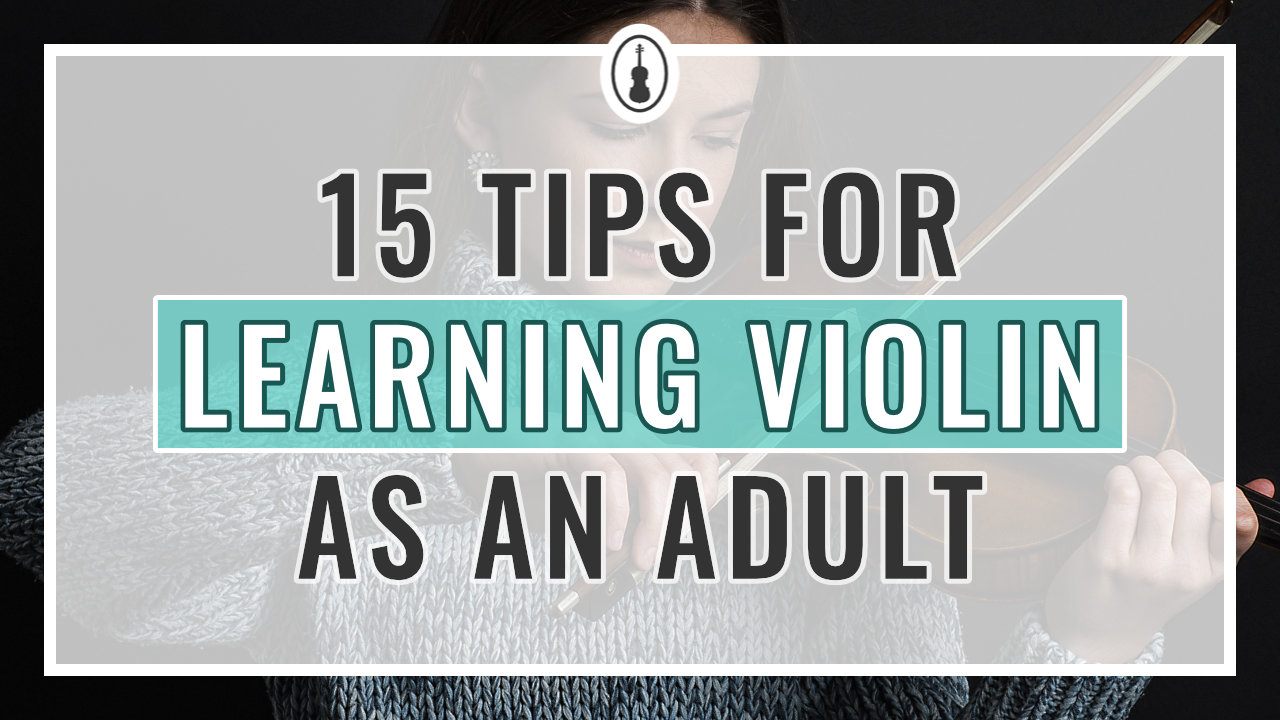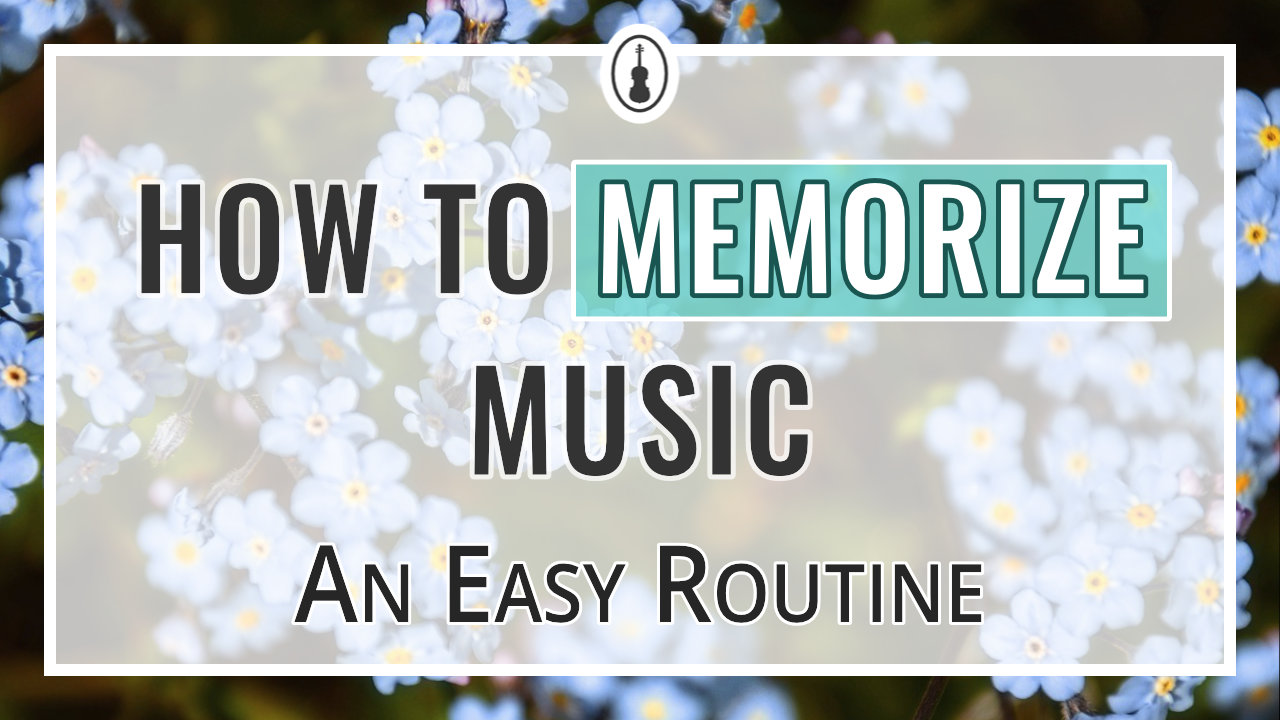Learn what are the most famous Baroque period composers and what are the most important facts about Baroque music.
When talking about the baroque period in music we talk roughly about the period from 1600 to 1750. It was a revolutionary era that saw the rise of polyphony as well as many other techniques in composition that are still used today.
A Brief History of the Baroque Period
Baroque follows the Renaissance period and was followed by the Classical period. It originates in Italy with composers such as Claudio Monteverdi and it took about 20 years before it was widely adopted by other western music composers.
The Middle Baroque period is notable for the vocal styles of the cantata, oratorio, and opera as well as new concepts for melody and harmony. The basso continuo became more integrated with the melody and the concerto grosso was developed during that time.
When talking about Baroque music, most people mean the later part, and understandably so. It’s the time where composers like George Frideric Händel, Johann Sebastian Bach, and Antonio Vivaldi evolved Baroque music and lead it to its climax, opening the way for the classical era composers. This period is also called the High Baroque.
Of course, the whole Baroque history cannot be presented in a short article. It’s one of the most notable eras of classical music, one that contributed greatly to the music we have today. However, there are various techniques of that period and their terminology that are not used in modern classical music.
Who Are the Great Composers From the Baroque Period?
The most notable Baroque composers are from Germany and Italy. However, there are some composers from England and France who have contributed greatly. This is a list of some of the most well-known ones along with a short description.
Italy
Claudio Monteverdi (1567–1643)
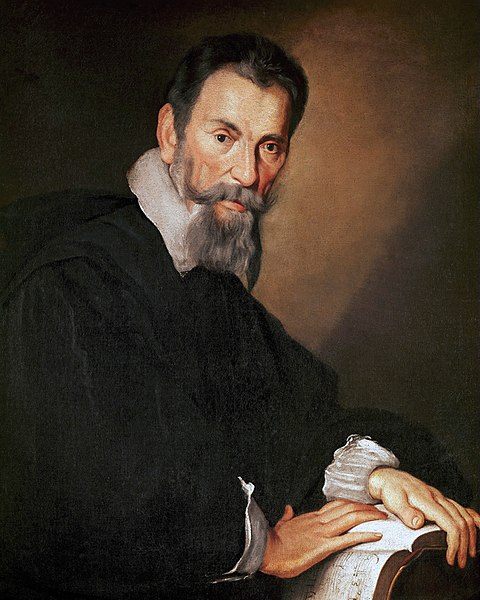
Claudio Monteverdi is one of the most significant composers of his time. In 1592 he became suonatore di vivuola (viol and/or violin player, since the instrument was still evolving) and played for Duke Vincenzo I of Mantua. Monteverdi was dissatisfied, so after the duke’s death in 1613 he accepted the position of maestro di cappella of St. Mark’s in Venice.
He composed some of the most influential early Baroque pieces. Some of his most notable compositions are Vespro della Beata Vergine, ambitious work for soloists, choir, and orchestra, as well as the earliest opera known today such as Orfeo and L’incoronazione di Poppea.
Arcangelo Corelli (1653–1713)
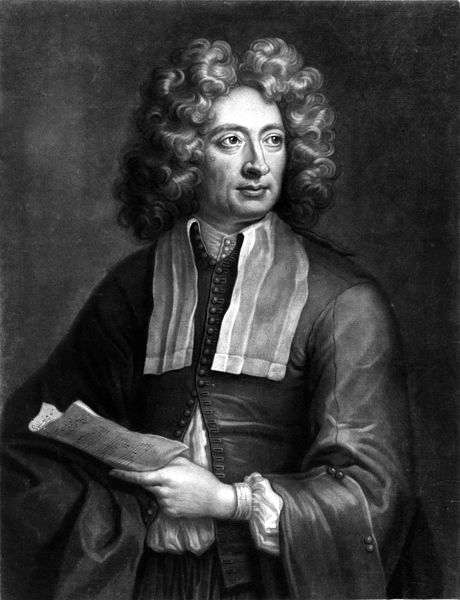
Not only a famous composer but a virtuoso violinist, Corelli is well known among violinists for his style of playing that influenced violin technique for centuries. After 1675 he worked for some of the most important music patrons in Rome, including queen Christina of Sweden. Corelli was very famous in Rome where he was accepted in high aristocratic circles as well as much of Europe. He is the first composer to gain international acclaim. His work includes five books collecting violin sonatas and 12 violin concertos. His overall body of work includes 48 trio sonatas, 12 violin and continuo sonatas, and 12 concerti grossi.
Antonio Vivaldi (1678–1741)
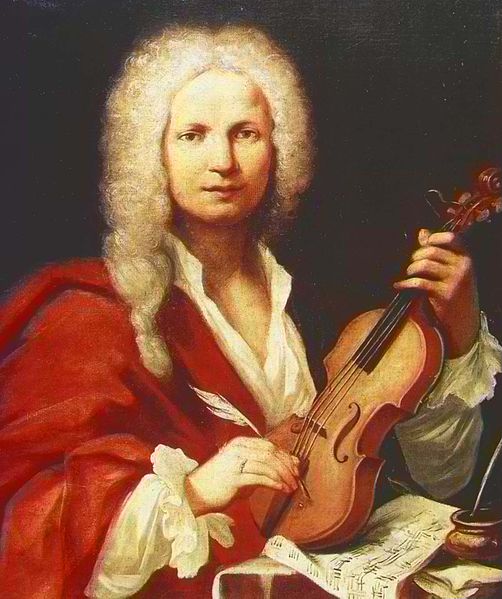
A virtuoso violinist who is considered one of the most important Baroque composers, he was influential for the whole of Europe. He composed many concertos as well as chorales and more than 50 operas.
He composed most of his work when he was associated with the Ospedale della Pietà (Venetian orphanage and a convent with a music school) around 1704. This institution provided excellent music education, creating professional opportunities for female musicians, which was rare or non-existent at that time. Vivaldi’s compositions include almost 500 concertos, 46 sinfonias, 73 sonatas, and others.
There are several well-known Vivaldi music pieces but of course, his most well-known one is The Four Seasons.
Want to play Vivaldi on the violin yourself? Here is an easy Spring arrangement that I made for beginners, below you can download it for free. You can watch my tutorial and a play-along here.
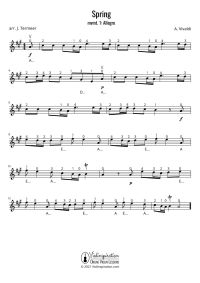
Free Violin Sheet Music
Spring, mvmt. 1: Allegro by A. Vivaldi
Alessandro Scarlatti (1660–1725) and Domenico Scarlatti (1685–1757)
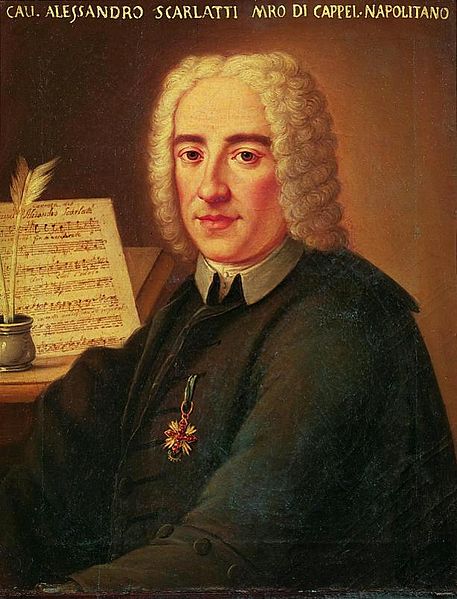
I group these two together as they are both of equal fame and it’s father and son!
Alessandro Scarlatti composed 115 operas (!). His work is a great example of the change in the genre. He also composed several oratorios and serenades, as well as more than 600 cantatas, which represent the most intellectual music of that period. While he is understandably most well known for his vocal compositions, he received numerous commissions for instrumental music. One of his most famous works is his Stabat Mater.
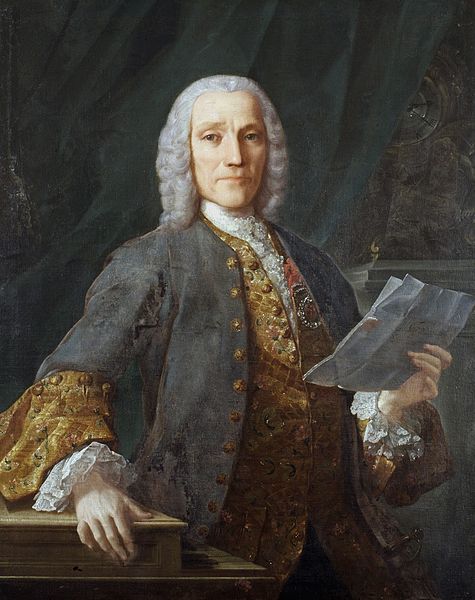
Domenico is Alessandro’s sixth son and had probably the best music education in Naples at that time. Around 1708 his father took him to Venice to study with Francesco Gasparini who was Corelli’s student and from there the younger Scarlatti traveled to Rome, reportedly along with Händel, where the two performed for Cardinal Pietro Ottoboni. Today he is best known for his 555 keyboard sonatas in which he frequently borrows from Hispanic tunes and rhythms creating a very unique style.
Giovanni Battista Pergolesi (1710–1736)
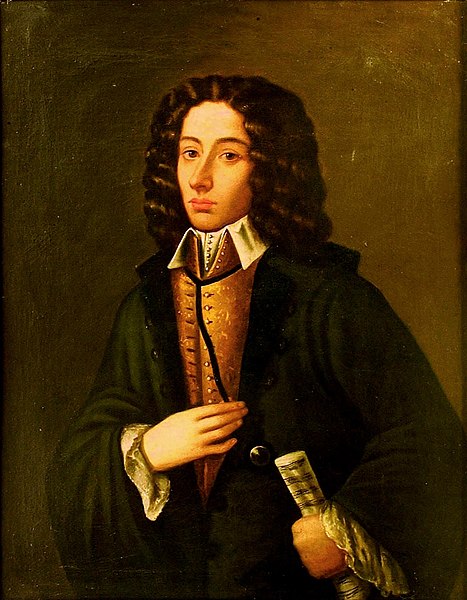
Pergolesi was also a violinist and an organist who contributed greatly along with Scarlatti in pioneering the changes in the opera genre, particularly in what is called opera buffa, which is a comical subgenre. His opera Il prigioner (1733) sparked a debate when it premiered in Paris in 1752 between serious opera in the French style and fans of this new comic approach. Nevertheless, Il prigioner was very successful.
He composed operas, as well as sacred pieces and instrumental work. His most notable composition is Stabat Matter which was commission to replace Scarlatti’s. This work has been reprinted more often than any other 18th-century composition and was an inspiration to many composers, including Bach. His instrumental works include 5 sinfonias, 5 concertos, four harpsichord and organ sonatas, and more, as well as 6 operas and other sacred music.
England
Henry Purcell (1659–1695)
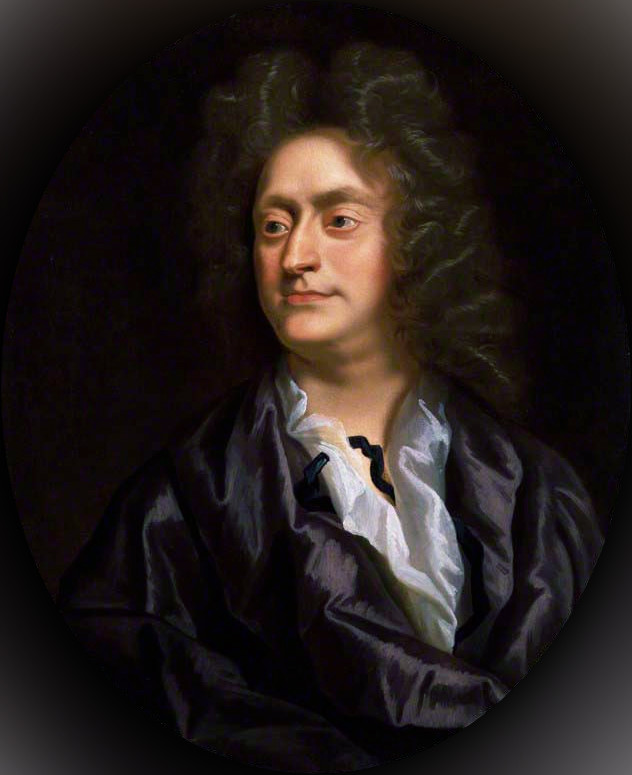
An English composer generally considered to be one of the greatest in the region, as no other native composer approached his level of fame until Edward Elgar, Gustav Holst, or Benjamin Britten. Although he incorporated Italian and French styles, his music was very unique.
He was a composer for three different kings and spend his life in Westminster. His royal duties included composing music for various celebrations and special occasions. While Italian opera hadn’t caught up in England, he wrote several semi-operas one of them being King Arthur which is considered his masterpiece. In addition, he composed music for theater as well as harpsichord suites and trio sonatas.
France
Jean-Baptiste Lully (1632–1687)
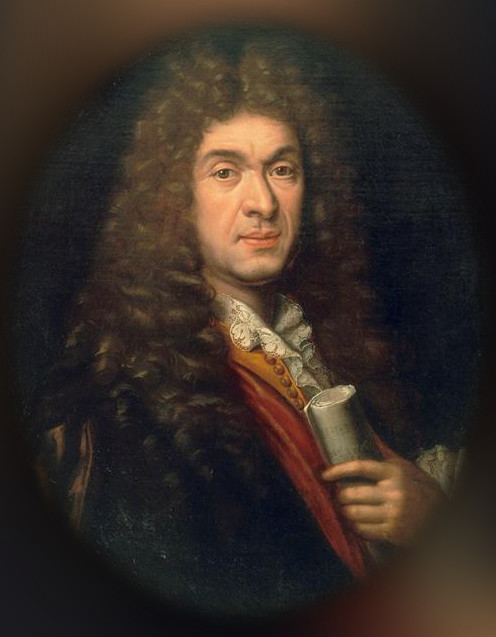
While considered to be the master of French Baroque, Lully was born in Italy and moved to Paris at a young age, after attracting the impression of French nobles when they saw him performing in the street: he was dressed as a harlequin and was amusing bystanders by playing the violin. Lully, a violinist and a dancer, found his way in the Court of Luis XIV as an instrumental composer and dancer. He fused the Italian style with the French style creating his personal style.
His body of work includes sacred music, 27 ballets which at his time blossomed, music for theater and opera. He introduced Tragédie en Musique, a type of opera that tells stories from classical mythology and Italian romantic epics. Armide is considered his masterpiece.
You can learn an easy piece by Lully, “Au Clair de la Lune”, with my easy tutorial. Here is the free sheet music for you:
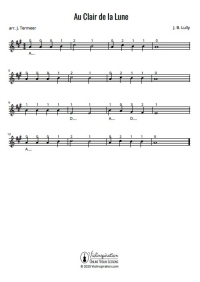
Free Violin Sheet Music
Au Clair de la Lune – J.-B. Lully
Jean-Phillippe Rameau (1683–1764)
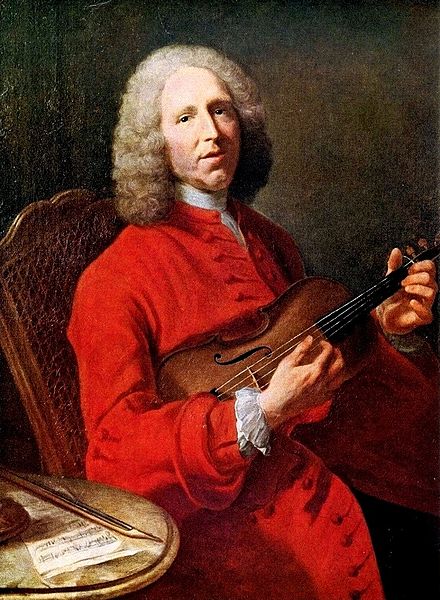
Rameau, in contrast to Lully, struggled to find work at first and followed a different path. Considering one of the most important French composers and music theorists of the 18th century, he replaced Lully as the main opera composer. His early life is not documented. He was almost 50 years old when he started his operatic career. The first opera by Rameau was attacked by supporters of Lully’s style. Funnily enough, he was later considered part of the “establishment” when the debate about opera buffa (comic opera) started.
His music become outdated soon after his death and it was in the 20th century that he got a renewed appreciation. He has composed a lot of instrumental works, motets, canons, cantatas, and operas, as well as published a lot of music theory books. Many beginner violinists might have played some of his music pieces, such as Gavotte.
Germany
Georg Philipp Telemann (1681–1767)
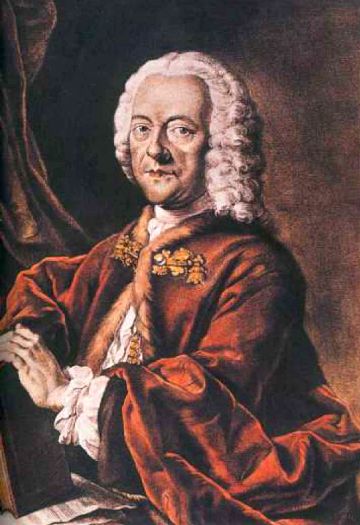
Telemann was considered the most talented composer of his time, even more than Bach. He was a multi-instrumentalist, almost completely self-taught. His family was very connected with the church and were against his music career, at some point they even confiscated his instruments. He entered the University of Leipzig to study law but he dropped out after he started composing for the choir of Saint Thomas. He was friends with both Händel and Bach and he was actually the godfather of Carl Philipp Emanuel Bach. His works are influenced by French, Italian, and German styles, even Polish from time to time. Telemann’s compositions are considered an important link between Baroque and Classical music.
Telemann’s body of work includes more than 3000 compositions, half of which have been lost, though still a very impressive number! He composed 1043 sacred cantatas, 600 overtures, and concertos for combinations of instruments that no one at that time was using. After around 1832 his music stopped being performed until the 20th century. Probably not his most well-known but one of his compositions many love is his concerto for violin, flute, and cello.
As a member of Julia’s Violin Academy, you can learn Telemann’s Gigue as part of the Intermediate course.
George Frideric Händel (1685–1759)
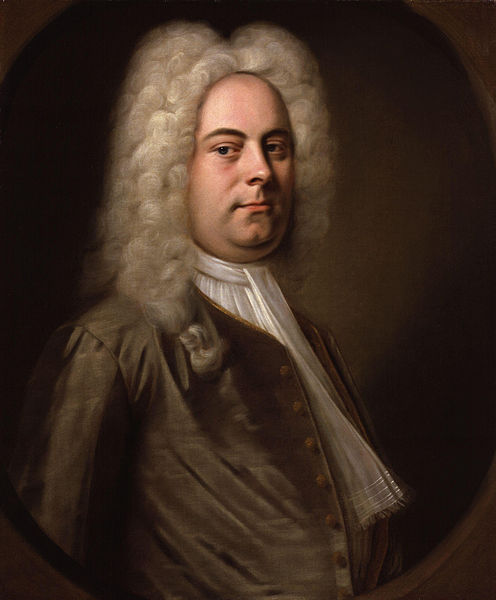
Putting Händel on the German composers’ list might create a slight controversy as, while he was born in Germany, after his many travels he settled in London (1712). He became a naturalized British subject in 1727 and stayed there until his death, where he was given a state funeral at Westminster Abbey. His style though, while influenced by his new home, is probably more German than English.
Born in the same year as Bach and grew 200 km apart, Händel, just like Telemann, was encouraged to become a lawyer but choose music instead. He dropped out of the university in 1703 to become a violinist in the opera house of Hamburg. Then he started his travels, premiered his operas, and met other musicians who he studied with, before arriving in London as a famous opera composer, though switched to oratorios.
In addition to this, he also composed many instrumental works that are performed to this day. He composed 42 operas, 25 oratorios, more than 120 cantatas, trios and duets, numerous arias, 18 concerti grossi, and 12 organ concertos. His most well-known work is probably Messiah, but personally, I prefer his violin sonatas.
You can find some pieces by Händel like Joy to the World or Judas Maccabaeus in my Video Lesson library, just click here. For studying musicality and learning to play an ornamentation called “turn”, I recommend you to practice Händel’s Violin Sonata No. 3 in F Major (Adagio). You can download the sheet music here for free:
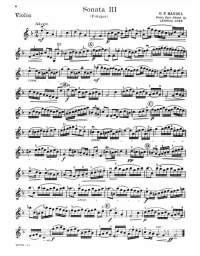
Free Violin Sheet Music
Violin Sonata in F Major – G. F. Händel
Johann Sebastian Bach (1685–1750)
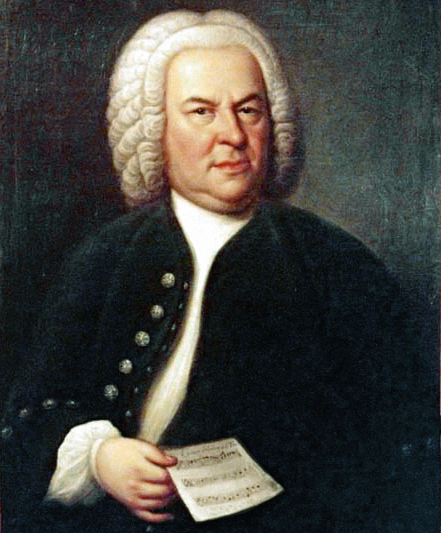
Arguably not only the most famous Baroque composer but one of the “big three” most famous composers of all time along with Mozart and Beethoven. Johann Sebastian Bach was born in a music family and several of his children are also well-known composers in their own right. In contrast with most of the other composers in the list, Bach is known mostly for his instrumental work such as the cello suites, Brandenburg Concertos, violin sonatas and partitas, and his keyboard work. He was working mostly as an organist in several churches but relations with his employers were always troubled until he was granted the title court composer by Augustus III, the king of Poland.
He enriched the German style with his mastery of counterpoint, harmony, and his adaptation of rhythm, form, and texture from other cultures. The Well-Tempered Clavier (preludes and fugues in all 24 keys) was appreciated for its didactic qualities since its publication. While famous in his time, Bach’s contemporaries had dismissed him as old-fashioned by the time of his death, although composers were still studying him. Two of his sons, Carl Philipp Emanuel and Johann Christian might have been more famous than their father during their time. The Bach revival has begun in 1829 with Felix Mendelssohn who is credited for reviving a lot of early composers. Since then Bach hasn’t stopped being popular and his pieces are performed virtually on a daily basis by musicians all over the world.
If you’re looking for beginner pieces by Bach, check out what’s in my Video Lessons library. If you feel that you are ready for an intermediate piece, you can download the sheet music for Bach’s Violin Concerto in A Minor here:
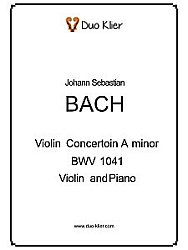
Free Violin Sheet Music
Violin Concerto in A Minor – J. S. Bach
There are so many great pieces composed by Bach, so it’s hard to give a good overview and keep it short. Another worth mentioning and very popular piece is the “Double Concerto.” It’s a challenging, yet such a beautiful piece. I hope you will find a companion to play it together. You’ll need the sheet music, so I share it here for free:
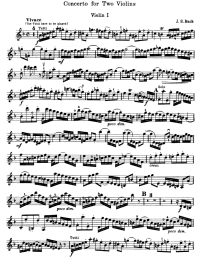
Free Violin Sheet Music
Concerto for 2 Violins in D Minor – J. S. Bach
Which Are the Most Well-Known Baroque Composers?
The most well-known Baroque composers are Johann Sebastian Bach, George Frideric Händel, and Antonio Vivaldi. It’s worth adding to this list Arcangelo Corelli who was the first Baroque composer to gain international fame for his music.
In fact, there were many composers active in that time frame, all contributing great music and several of them were well known in their time. However, since the compositional techniques used in baroque music are now considered outdated, few composers have stood the test of time.
What Are the Characteristics of Baroque Music?
Baroque music is characterized mainly by compositions with basso continuo, keeping one mood during the whole piece, using contrast (soft vs. loud, solo vs. ensemble), replacing the system of modes (pitch relationships) with the major and minor system, and different music forms, especially concerto grosso.
What Are the Music Genres of the Baroque Period?
There are a lot of genres and subgenres developed in the Baroque era. For vocal music, there’s opera (with its subgenres), oratorio, cantata, mass, chorale, passion, and others. For instrumental music there’s concerto grosso, fugue, suite, sonata, partita, sinfonia, fantasia, chaconne, passacaglia and others.
What Are Some Major Developments in Music During the Baroque Period?
The major music developments from the Baroque period are: replacing the system of modes with the major and minor keys, inventing a number of new forms such as opera, sonata, oratorio, suite, fugue, and concerto grosso. The orchestra started to take shape, only with strings at the time, establishing the violin as the main instrument.
Conclusion
Baroque period composers played an important role in shaping the classical period, so it’s why baroque music forms are a major part of the classical music canon. It is studied by virtually every music student and it continues to be performed around the world. While studying it or just listening might seem a challenge for the uninitiated, its complexity and unique compositional style are worth appreciating.
If you like this article, also take a look at the most famous film composers!
